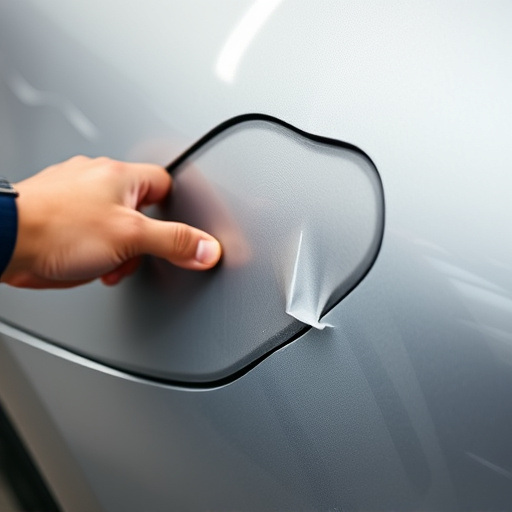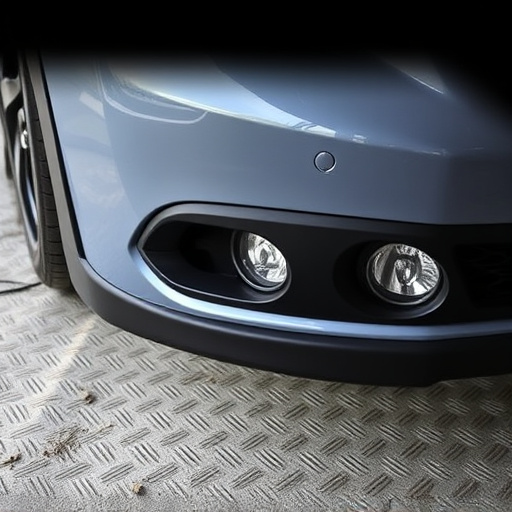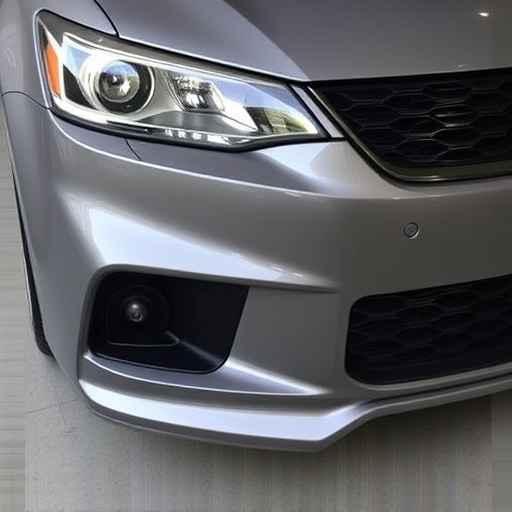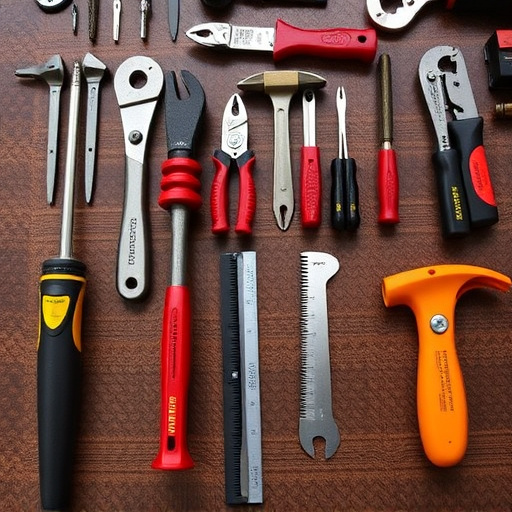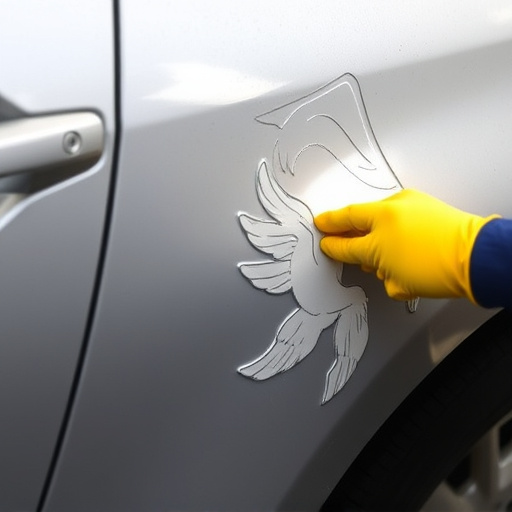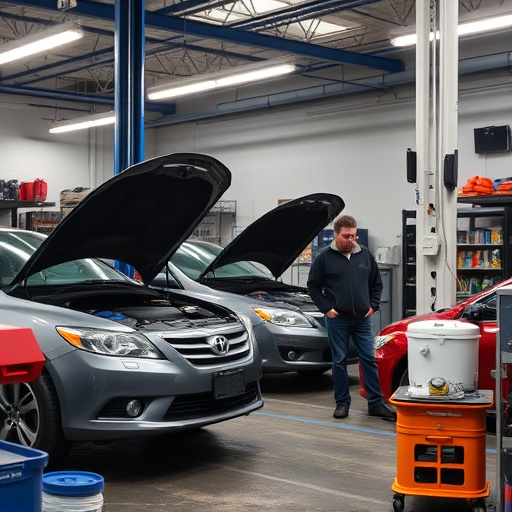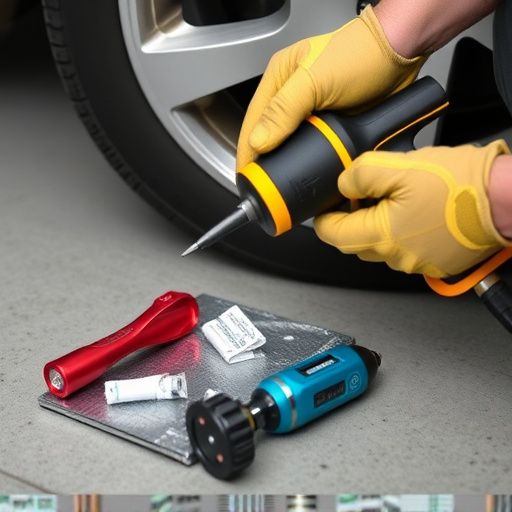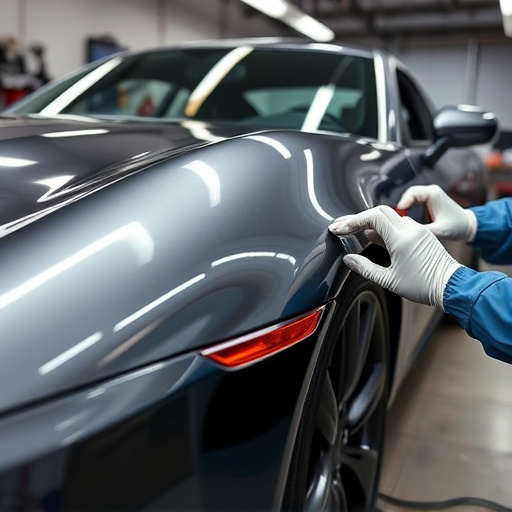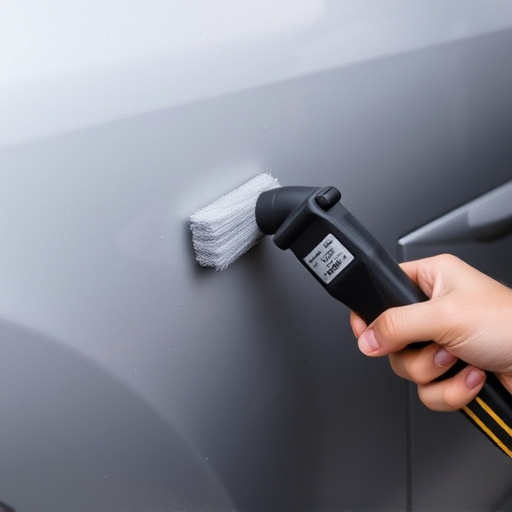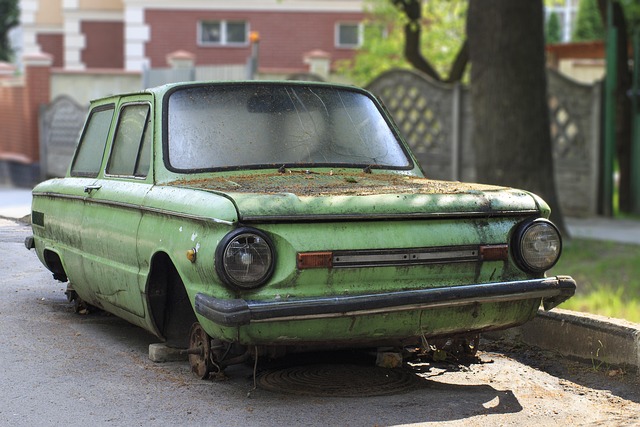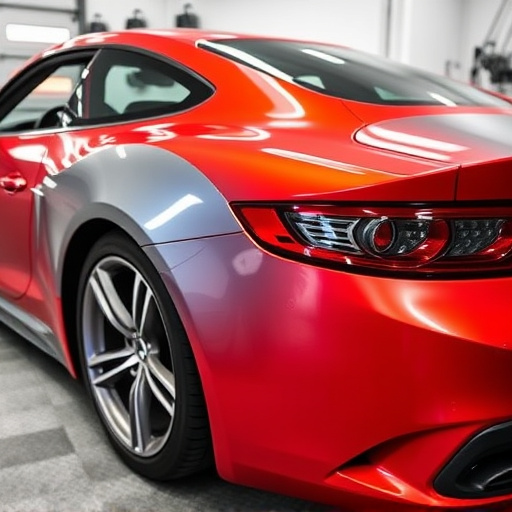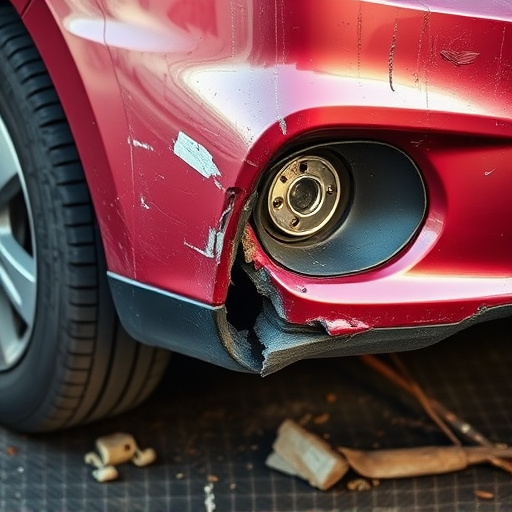Mercedes leather ages naturally due to sunlight, heat, humidity, and use. Regular cleaning, conditioning, and controlled environment protect against cracks, peeling, and fading. Major restoration requires specialized Mercedes leather restoration services for enhanced longevity while preserving original aesthetics.
Mercedes leather is renowned for its quality, but it’s not invincible. Understand how it ages and reacts to usage is key to preserving its beauty. This article explores the aging process of Mercedes leather, factoring in elements that accelerate degradation like temperature, UV exposure, and cleaning methods. We provide insights on restoration techniques and maintenance tips to keep your Mercedes leather looking and feeling as good as new, ensuring optimal longevity through expert care practices tailored for this luxurious material.
- Understanding the Aging Process of Mercedes Leather
- Factors Affecting Leather Degradation in Cars
- Restoring and Maintaining Mercedes Leather Over Time
Understanding the Aging Process of Mercedes Leather
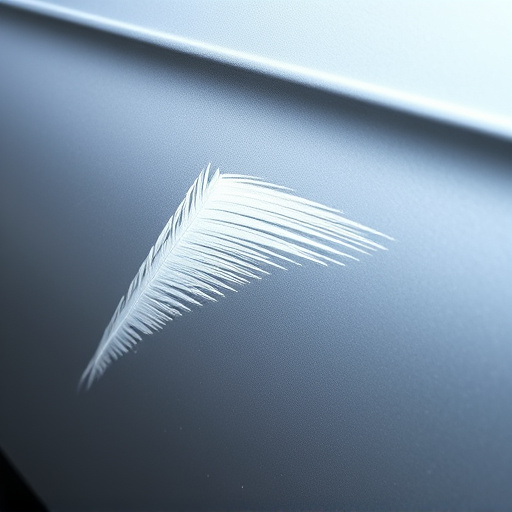
Leather in Mercedes-Benz vehicles is renowned for its superior quality and durability, but like any material, it undergoes a natural aging process. This transformation is influenced by various factors, including exposure to sunlight, heat, humidity, and frequent handling. Over time, Mercedes leather can develop a richer, deeper patina, enhancing its aesthetic appeal. However, it may also become more susceptible to cracks, peeling, or fading if not properly cared for.
Understanding this aging process is crucial for owners looking to preserve their vehicle’s interior. Regular cleaning and conditioning can extend the life of Mercedes leather. Simple measures such as using dedicated leather cleaners and conditioners, avoiding excessive exposure to direct sunlight, and maintaining optimal humidity levels can significantly slow down the aging process. For more extensive restoration, body shop services offering specialized Mercedes leather restoration techniques can revive the material, ensuring it retains its original beauty and suppleness while enhancing its longevity.
Factors Affecting Leather Degradation in Cars
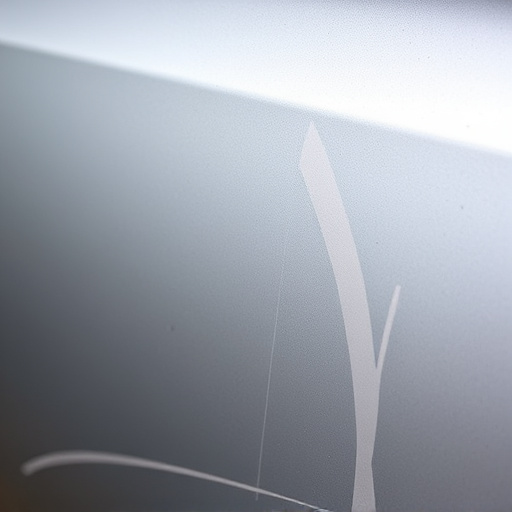
Leather in cars, especially in premium brands like Mercedes, is a luxurious addition that ages beautifully with proper care. However, several factors contribute to its degradation over time. One of the primary influences is exposure to UV rays from the sun, which can cause fading and cracking. Extreme temperatures, both hot and cold, accelerate the aging process, leading to wrinkles and loss of elasticity.
Usage also plays a significant role; regular wear and tear, such as frequent contact with hands, seats, and bags, can result in scarring and discoloration. Additionally, inadequate cleaning and protection with tire services or frame straightening treatments can leave Mercedes leather susceptible to stains, peels, and other damage, ultimately requiring professional automotive repair. Regular maintenance, including proper cleaning, conditioning, and protection against environmental factors, is crucial for preserving the quality and longevity of Mercedes leather.
Restoring and Maintaining Mercedes Leather Over Time
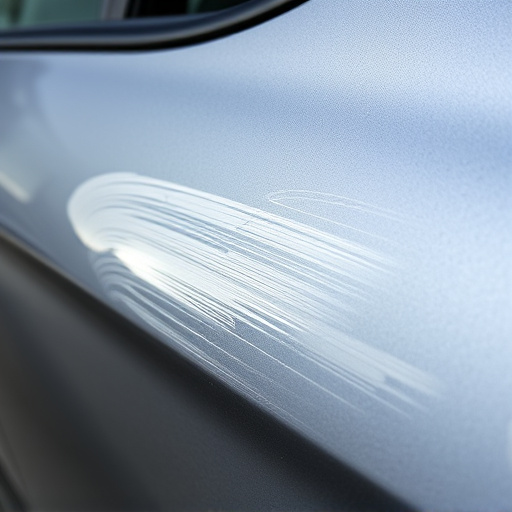
Leather is a durable material, but it requires care to maintain its quality over time, especially in Mercedes vehicles known for their refined interiors. Regular cleaning and conditioning are essential to prevent cracking, fading, and other age-related issues. Start by vacuuming the seats regularly to remove dirt and debris. Use a microfiber cloth to wipe down the leather, gently removing any visible stains with a suitable cleaner. For more persistent stains, consider using specialized Mercedes leather restoration kits, which include safe cleaning solutions and conditioning agents.
In addition to regular maintenance, periodic deep cleaning is recommended. This involves using a leather conditioner to nourish the material, keeping it supple and flexible. Avoid harsh chemicals or abrasive materials that can damage the leather finish. Remember, proper upkeep ensures your Mercedes leather not only lasts but also retains its premium appearance for years to come, enhancing the overall value of your vehicle’s interior, much like how meticulous auto body repairs can restore a car’s exterior to its former glory.
Mercedes leather, like any high-quality material, undergoes a unique transformation as it ages. Understanding this process and knowing how to maintain it is essential for preserving the elegance of your Mercedes over time. By addressing factors affecting leather degradation, such as exposure to UV light and frequent use, you can ensure that your vehicle’s interior remains a testament to its premium craftsmanship. Regular restoration techniques, including cleaning, conditioning, and protection with specialized products, play a crucial role in keeping Mercedes leather looking vibrant and feeling supple. With proper care, your car’s leather seating and trim can withstand the test of time, enhancing its beauty and value for years to come, all while enjoying the luxurious experience that Mercedes-Benz offers.

